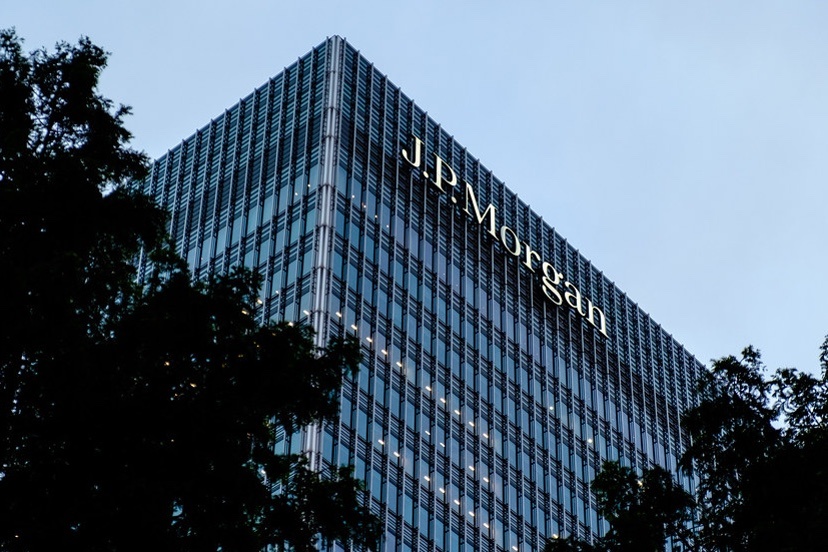In a previous Daily Post column, I shared what I’ve learned about how the Federal Reserve System (the Fed) manipulates the U.S. economy. Now I’ll describe how the economy is effected by the actions of other nations… and how the Fed has been complicit.
To begin, I’ll refer back to the creation of the Fed. A key player at the creation, perhaps the central one, was the financial firm of J.P. Morgan & Company (Morgan), represented at the Jekyl Island meeting by Morgan senior partner Benjamin Strong.
But Morgan’s historical origins are in England. (Ron Chernow’s book, House of Morgan, chronicles that history.) The Fed is modeled on the Bank of England (BoE).
The BoE was created by international financiers — and is still heavily influenced by them, if not under their direct control. From Morgan’s very inception it had a special relationship with the BoE. So special, that during the US banking ‘Panic’ of 1857, the BoE bailed out Morgan and saved it from financial ruin.
Morgan repaid the favor during WWI when England and the BoE were facing bankruptcy from financing the war. Morgan had made massive loans to England and France — and helped them get loans from other private U.S. banks — to pay for the war.
When it looked like Germany was going to win, which would have resulted in England and France defaulting on those loans (with catastrophic consequences for Morgan), getting the U.S. into that war on their side was the only solution.
The sordid story of how that was accomplished by Morgan’s influence in the administration of President Woodrow Wilson, resulting in the deliberate sacrifice of the lives of American women and children aborad the ocean liner Lusitania, came fully to light only the 1990s.
It would not be the last time the Fed would collude with the BoE at the expense of U.S. citizens.
In the 1920s, England was again in dire financial straits — as a result, in part, of the massive welfare system they had created at the end of WWI. Morgan senior partner Benjamin Strong (from the Jekyl Island cabal), who was by then head of the New York Federal Reserve Bank, conspired with his best friend (a Director of the BOE) to save England — this time by using the Fed to deliberately create inflation in the U.S. beginning in 1924.
(How that was done is too complicated to explain here; read Benjamin Strong: Central Banker, by Lester Chandler.)
By 1927, the planned U.S. inflation was accomplishing its goal of helping England. Two years later that inflation resulted in the 1929 stock market crash — followed by the Great Depression. (There is some evidence that the ‘crash’ was also a planned outcome.)
Jumping ahead a decade, U.S. participation in WWII was financed, in large part, by loans to the U.S. government facilitated by the Fed. Part of the proceeds of those loans went into coffers of Morgan and other large U.S. banks.
There were also massive loans, by Morgan and other private banks, to foreign countries to purchase war materials from the US — for which Morgan also acted as the agent and for which they received a commission. Those loans were guaranteed by the U.S. government.
The Fed created the money the banks (primarily Morgan) loaned to the foreign governments, for which the banks received interest on those loans — then Morgan acted as the ‘sales agent’ for U.S. war materials and received a ‘sales commission’ out of the cost for the materials, paid for by money they had loaned out originally. Morgan was collecting twice on the same loans — interest on the loans, and the sales commissions — on money they had gotten from the Fed to begin with.
At the end of the war, the Fed was used to extend more U.S. government backed loans to those same foreign countries, to be used in part to pay the interest on the previous loans from the private banks.
In addition to those loans, U.S. taxpayers footed the bill to outright give money to foreign governments (the “Marshall Plan”) so they could buy more U.S. stuff to rebuild their countries… and pay off the loans they had previously taken out from private U.S. banks… resulting in enrichment of the big banks at the expense of U.S. taxpayers…
Which is exactly how the Fed was designed to work.
But that’s all history. How do the actions of foreign governments effect us, the U.S. consumers in 2024? That requires me to refer to what I previously wrote about ‘the international reserve currency’ and ‘petro dollars’.
Until recently, the U.S. dollar was the world’s ‘reserve currency’. I explained how that came about this way:
It was in 1944 that a conference of allied nations was held at the Bretton Woods, Delaware resort where plans were made for the post-WWII world economy. Because the U.S. would come out of the war with our industrial infrastructure in tact, as opposed to all the others, it was decided (by the U.S.) that all national currencies would be based on the U.S. dollar – which would be backed by our gold reserves in Ft Knox (the ‘Bretton Woods’ plan).
You can read about it for yourself here,
https://www.investopedia.com/articles/forex-currencies/092316/how-us-dollar-became-worlds-reserve-currency.asp
That ‘reserve currency’ status give the U.S. unparalleled leverage in international finance, particularly when combined with an agreement between the U.S. and Saudi Arabia in 1974…
[The US] promised to protect the Saudis, with weapons and military intervention if necessary, in exchange for the their agreeing to accept only US dollars in payment for their oil (“petro dollars”). So any other nation wanting to buy Saudi oil would have to obtain US dollars to pay for it. That gave the US tremendous international power.
With that history in mind, Part Two will review where we are in August 2024.

